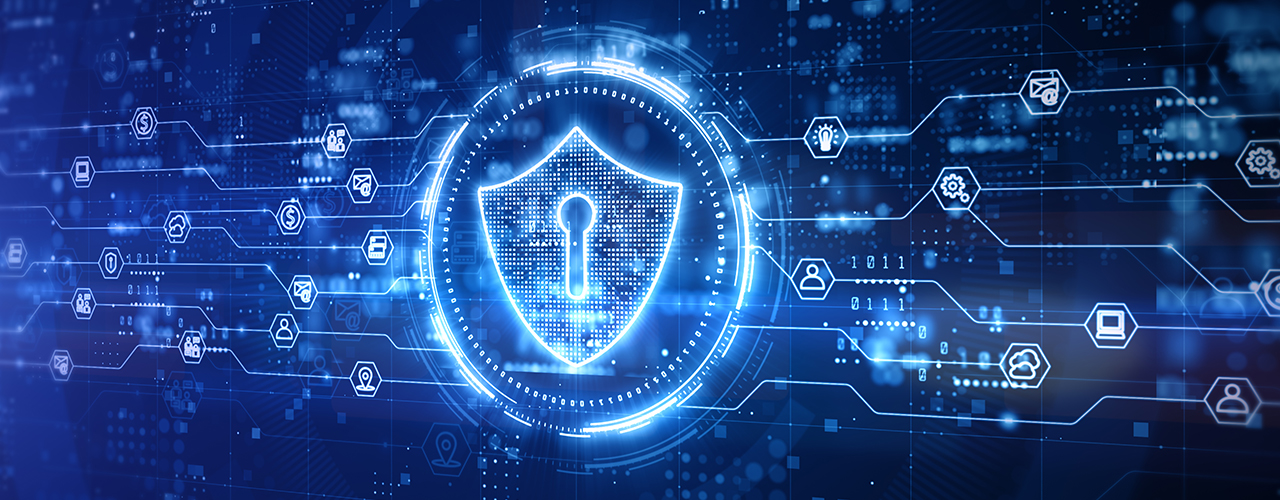Importance of Policy and Security Updates
Policy and security updates are crucial elements in maintaining the integrity, functionality, and security of systems, networks, and organizations. Here’s why they are important:
Software vulnerabilities are discovered regularly, and hackers are quick to exploit them. Security updates, often in the form of patches, are released by software vendors to fix these vulnerabilities and protect systems from attacks. Failing to apply these updates promptly can leave systems vulnerable to exploitation.
In today’s digital landscape, cyber threats are constantly evolving. Policy and security updates help organizations stay ahead of these threats by implementing new security measures, protocols, and best practices to defend against emerging risks.
Many industries and organizations are subject to regulatory compliance requirements that mandate the implementation of specific security measures and practices. Policy and security updates ensure that organizations remain compliant with these regulations, avoiding potential legal and financial consequences.
With the increasing volume of sensitive data stored and transmitted electronically, protecting this data from unauthorized access, theft, or manipulation is paramount. Policy and security updates help strengthen data protection measures, such as encryption protocols and access controls, reducing the risk of data breaches.
In addition to addressing security vulnerabilities, updates often include performance enhancements and bug fixes that improve the overall stability and functionality of software and systems. Regularly applying updates ensures that systems continue to operate efficiently and reliably.
As technology advances, new tools, frameworks, and standards emerge. Policy and security updates enable organizations to adapt to these changes by incorporating support for new technologies and ensuring compatibility with evolving industry standards.
Cybersecurity incidents can have significant financial, operational, and reputational consequences for organizations. By proactively implementing policy and security updates, organizations can reduce the likelihood and impact of security incidents, thus mitigating risks to their operations and reputation.
Choosing the right solution for your policy and security updates requires careful consideration and research, as there isn’t a one-size-fits-all solution. Here are some steps to help guide the selection process:
- Assess Your Needs: Start by understanding your organization’s specific requirements, including the size and complexity of your network, the types of data you handle, regulatory compliance obligations, budget constraints, and any unique security challenges you face.
- Identify Key Features: Make a list of the essential features and capabilities you need in a policy and security update solution. This could include patch management, vulnerability scanning, threat intelligence, compliance reporting, automation capabilities, and scalability.
- Research Solutions: Explore the market to identify potential solutions that align with your requirements. Consider both established vendors and newer entrants to the market, and read reviews, case studies, and analyst reports to gauge their reputation and track record.
- Consider Integration: Assess how well the solution integrates with your existing IT infrastructure, including your network devices, operating systems, applications, and other security tools. Seamless integration can streamline deployment and management processes.
- Scalability and Flexibility: Choose a solution that can grow and adapt to your organization’s evolving needs over time. Scalability is particularly important if you expect your network or user base to expand in the future.
- Cost-Benefit Analysis: Evaluate the total cost of ownership (TCO) for each potential solution, taking into account not just the upfront license fees but also ongoing maintenance, support, and training costs. Consider the value the solution provides in terms of improved security, operational efficiency, and risk mitigation.
- Trial and Pilots: Whenever possible, take advantage of free trials or pilot programs to test the solution in a real-world environment before making a final decision. This hands-on experience can help you assess the usability, performance, and effectiveness of the solution.
- Support and Training: Consider the level of support and training provided, including documentation, online resources, technical support options, and training programs. Responsive and knowledgeable support can be invaluable in resolving issues and maximizing the value of the solution.
- Long-Term Strategy Ensure that the solution aligns with your long-term strategic objectives and can accommodate future technology trends and security challenges.
By following these steps and conducting thorough due diligence, you can make an informed decision when selecting a solution for policy and security updates that best meets your organization’s needs.
In Conclusion policy and security updates play a vital role in safeguarding against cyber threats, ensuring regulatory compliance, protecting data, maintaining system performance, adapting to technological advancements, and mitigating risks. Organizations should prioritize the timely implementation of these updates as part of their overall cybersecurity strategy. If you would like consultation you can click on the link, and someone will reach out to you.
https://www.alincoit.com/contact/








